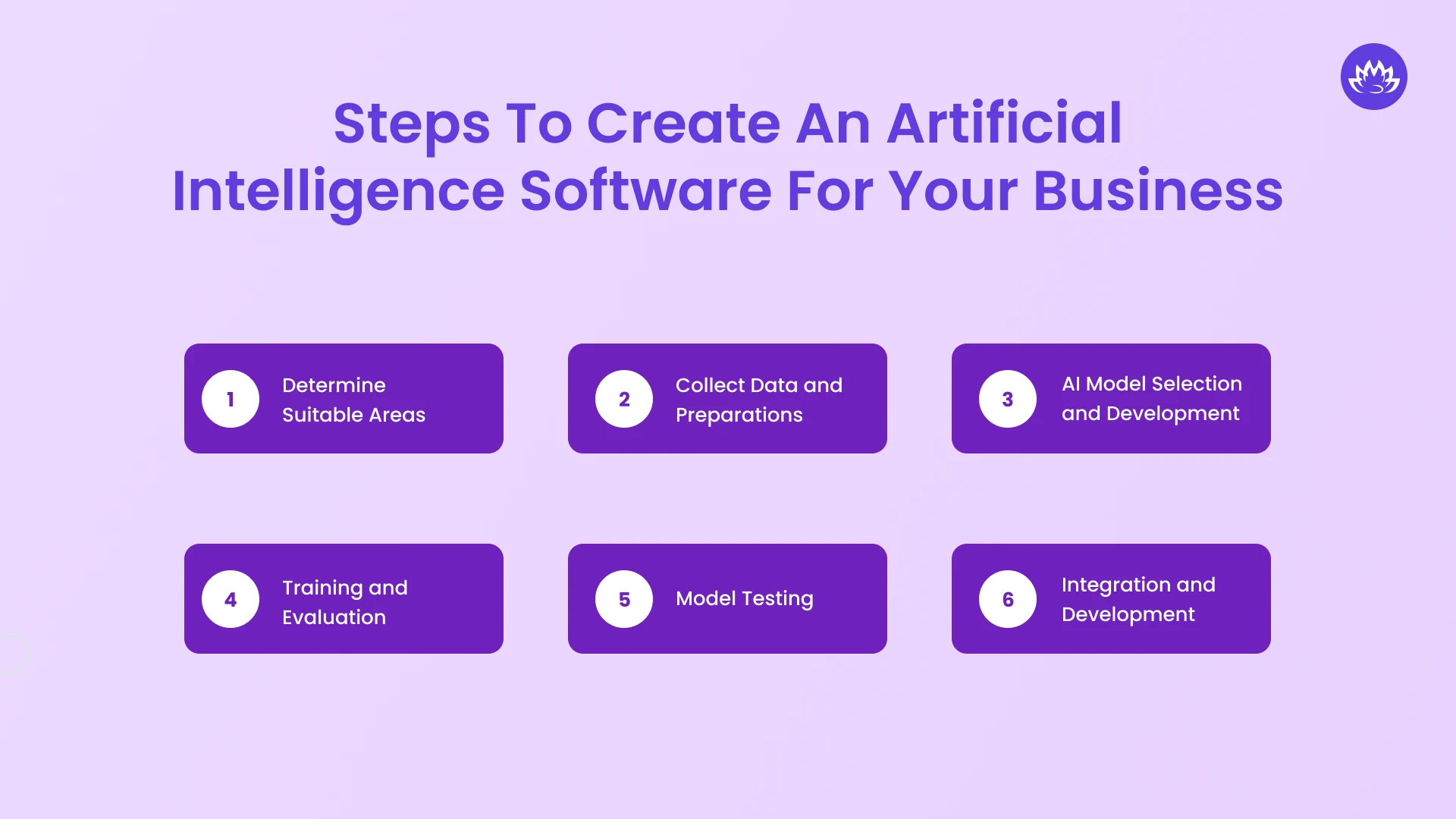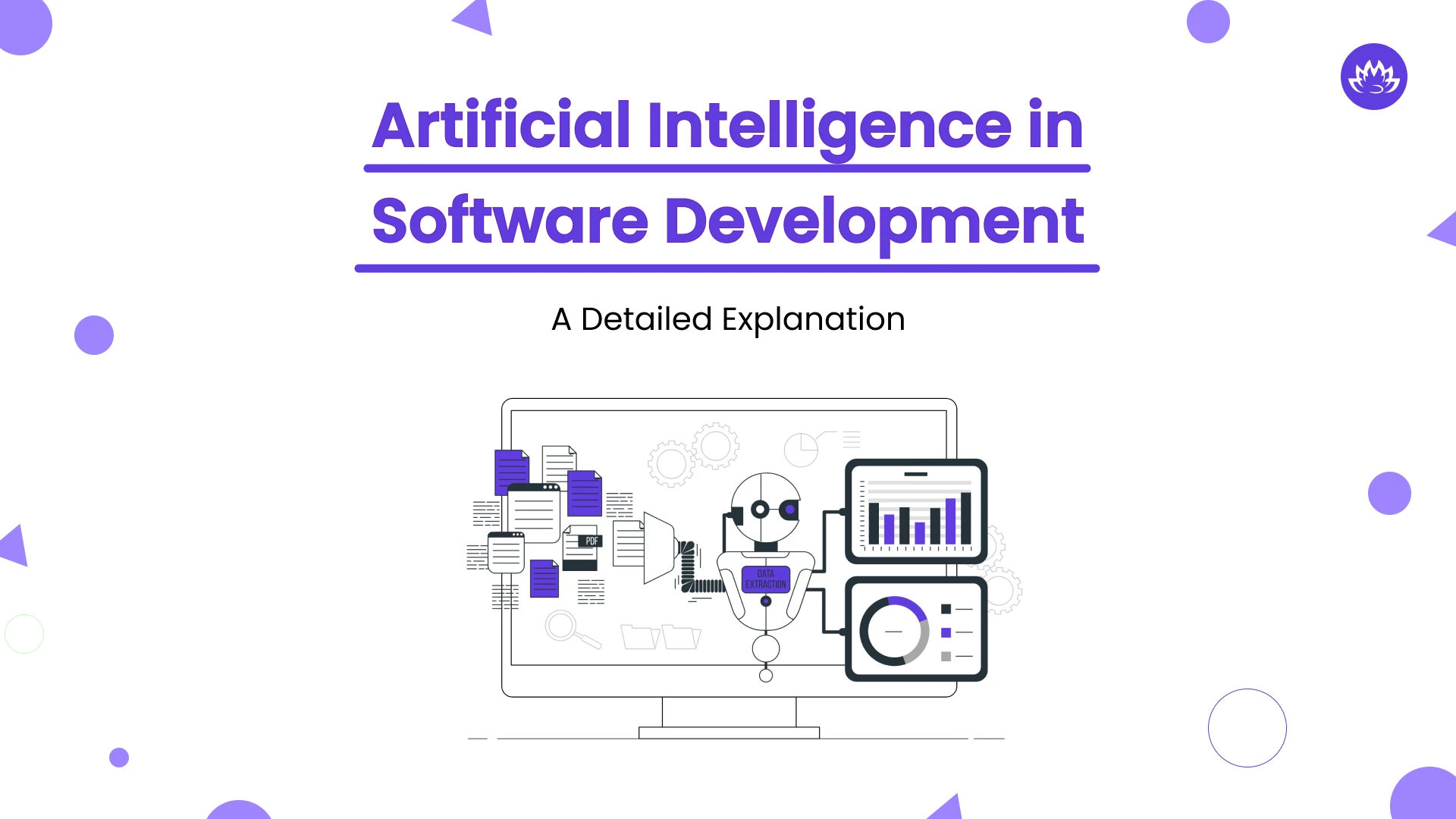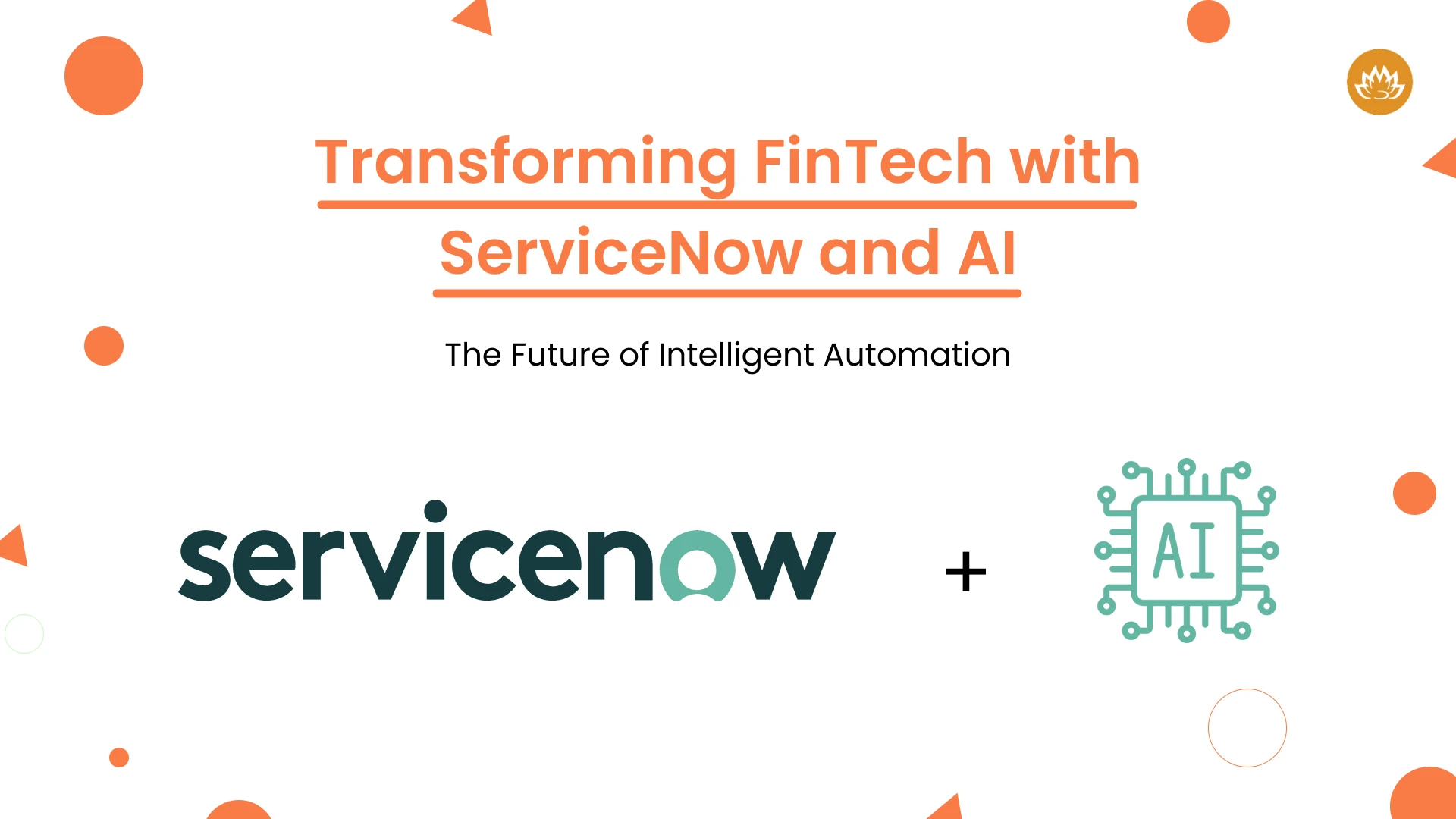How to Create an Artificial Intelligence Software For Your Business

Determine Suitable Areas
In short, think of AI firms as distinct floors in a massive skyscraper, each contributing value differently.
- Many businesses produce completed items, such as apps, in the standard sector (Applications). Like rivals selling comparable goods in a store, they may find it difficult to distinguish from the cr
- Like a workshop where tools are created for various tasks, the middle floor (Infrastructure) has the resources to assist AI engineers in making these applications. Can you develop a framework or library? Do it!
- No man has ever gone in the boiler room (Models), but you confidently go there. These unique components (parameters) and proprietary formulas (recipes) enable AI systems to perform their magic. The main emphasis is on sophisticated mathematical procedures and their intricate interrelationships.
- Like the power plant that keeps the entire building running, the foundation, pillars, and ceiling (hardware) comprise the strong machinery that powers everything. Constructing and maintaining a power plant demands a lot of resources, so working on this floor might be difficult despite its importance.
Collect Data and Preparations
AI Model Selection and Development
The business value you pursue will determine whatever AI model you choose. After creating a business case and project charter, your software engineers and developers will outline a network architecture, the solution’s underlying logic, the technical roadmap, and the tech stack. You can hire dedicated developers from a reputed AI software development company to build robust AI models.
It may be difficult to locate seasoned programmers who write code in specific AI-focused libraries. You may not have that experience yourself if you are a new startup. Getting together with talented software engineers and starting a learning journey is a workable solution if you need to move quickly. There are various neural networks that they need to program, such as Convolutional Neural Networks (CNN), Recurrent Neural Networks (RNN), Generative Adversarial Networks (GANs), Autoencoders, and Transformers.
Training and Evaluation
Model Testing
Integration and Development
Best Practices You Should Follow For AI in Software Development
Biased or Scarce Data
No Model Explainability
High Training Cost and Deployment
Fears After Release
Future Trends of AI in Software Development
Conclusion
Author
-

Kirtan is CEO of Whitelotus Corporation, an emerging tech agency aimed to empower startups and enterprises around the world by its digital software solutions such as mobile and web applications. As a CEO, he plays key role in business development by bringing innovation through latest technical service offering, creating various strategic partnerships, and help build company's global reputation by delivering excellence to customers.
View all posts











